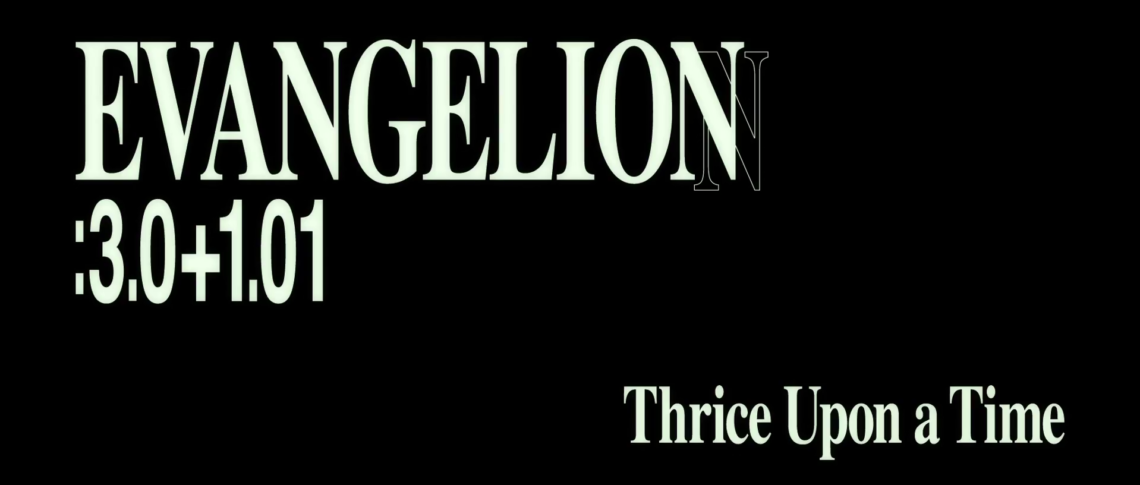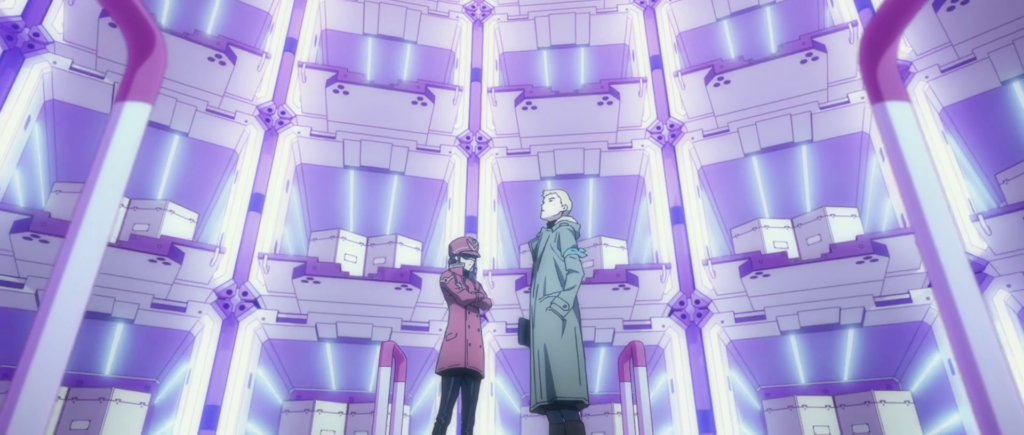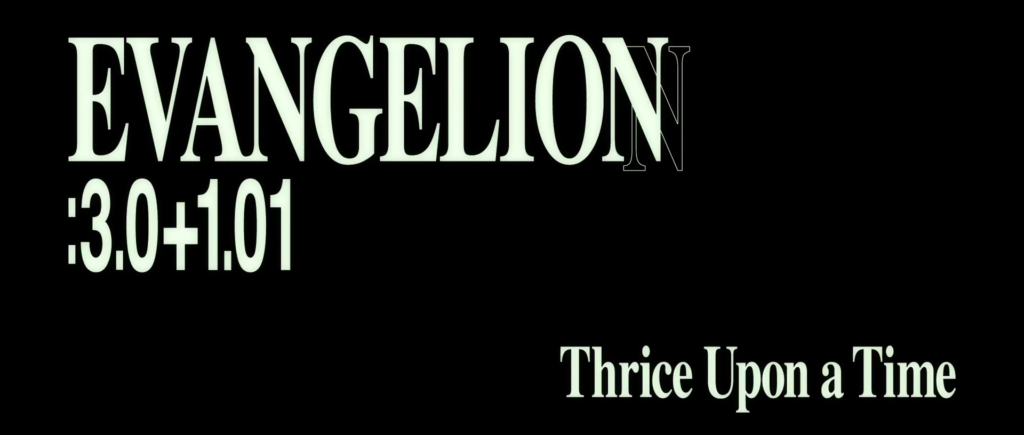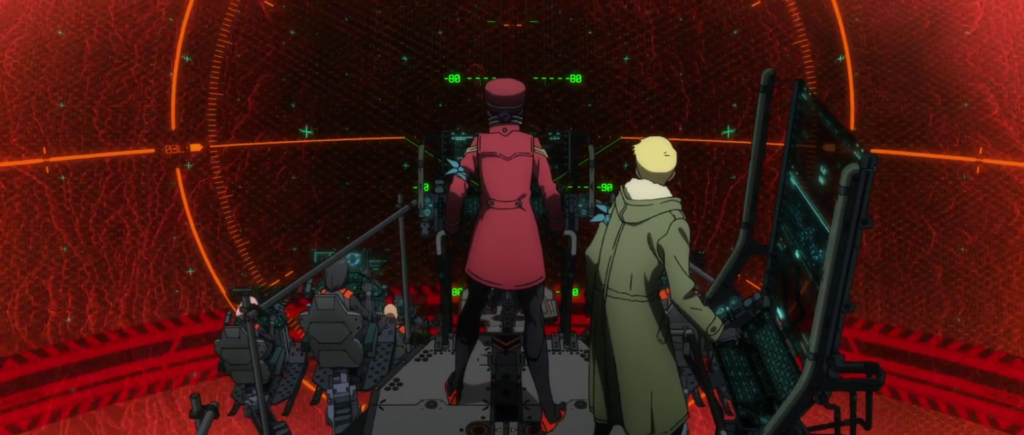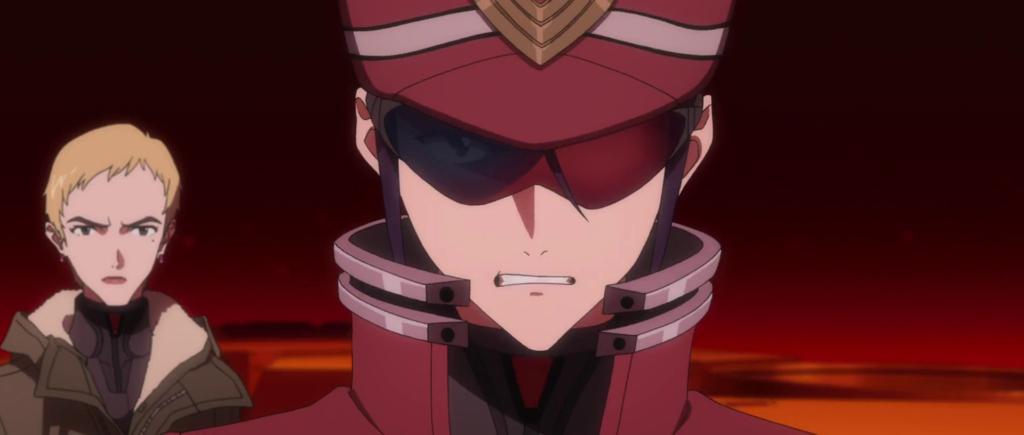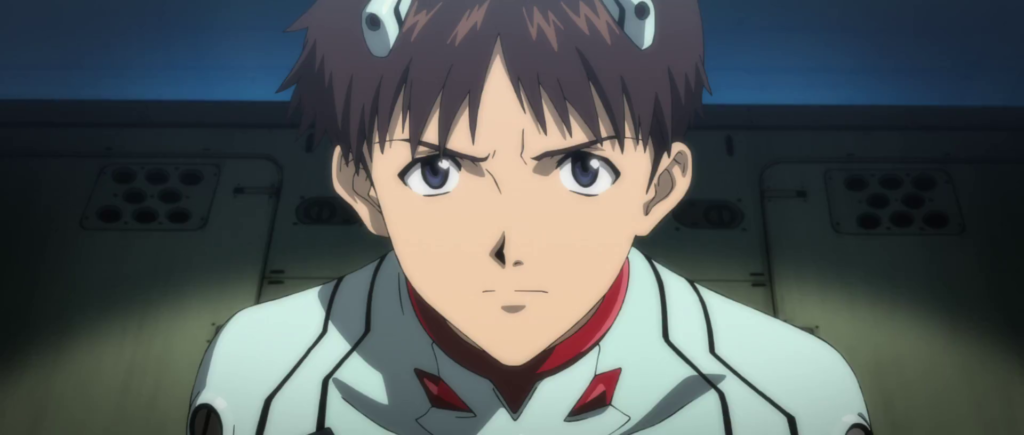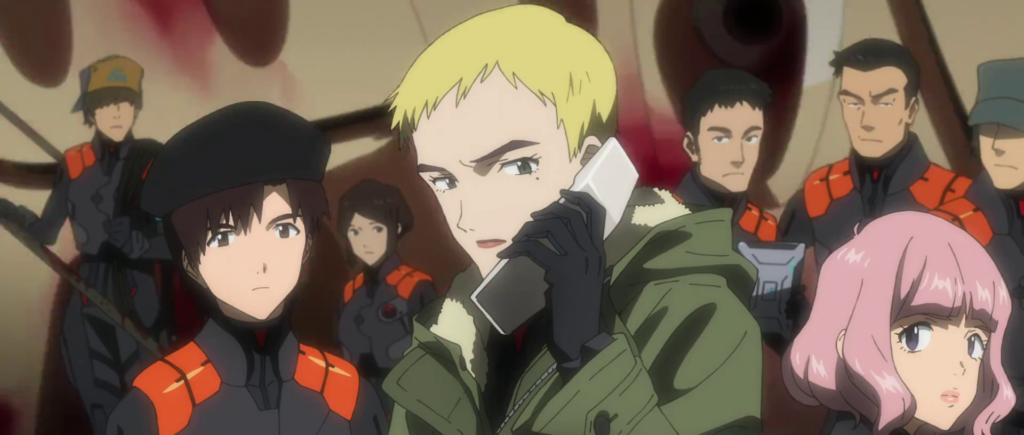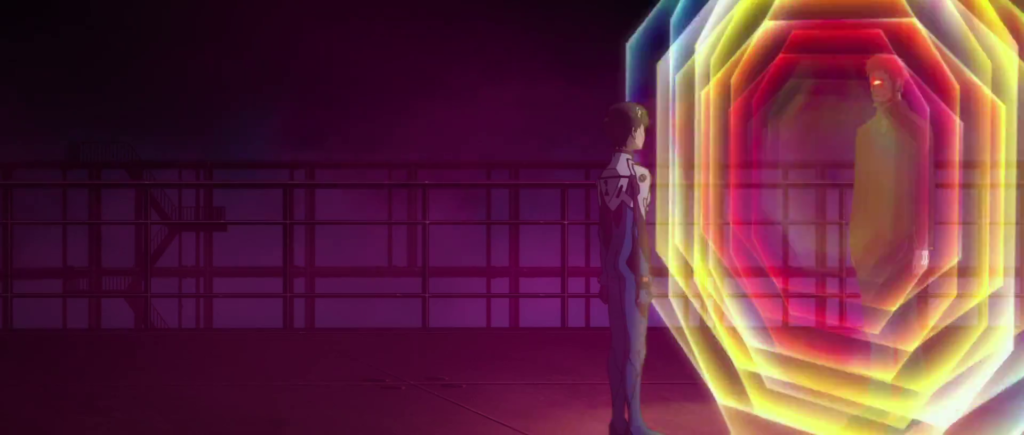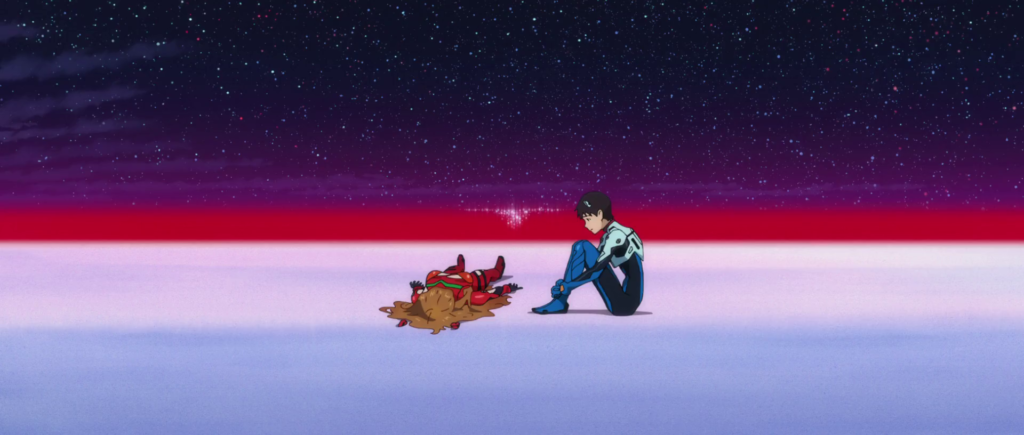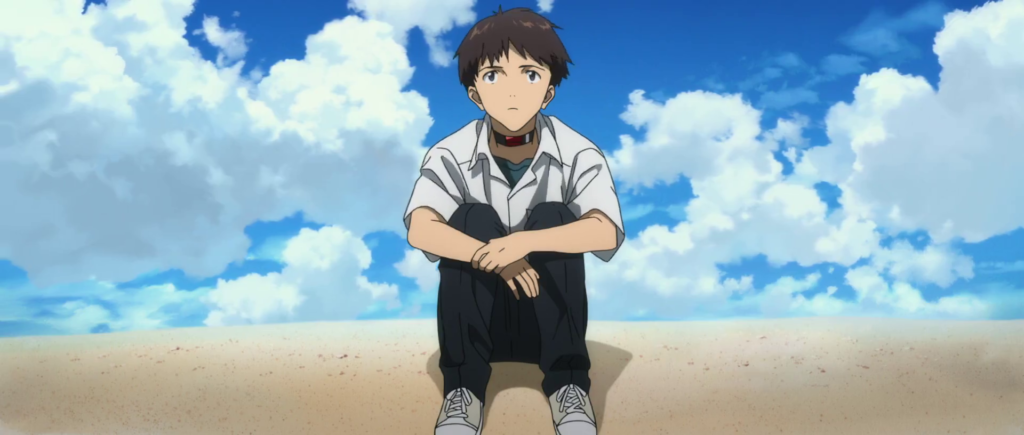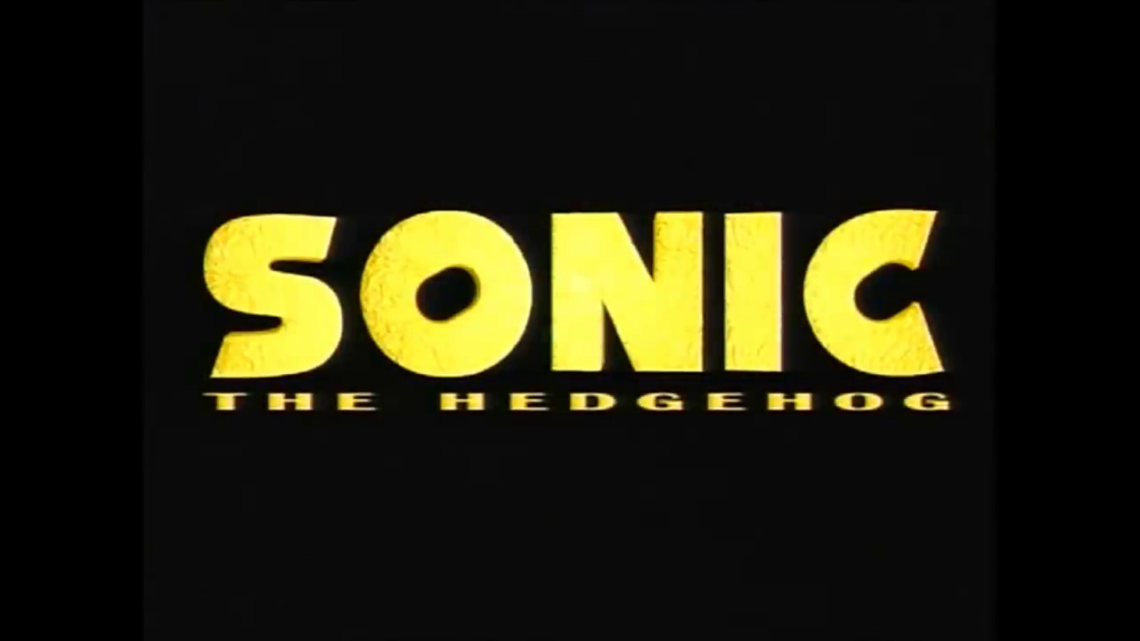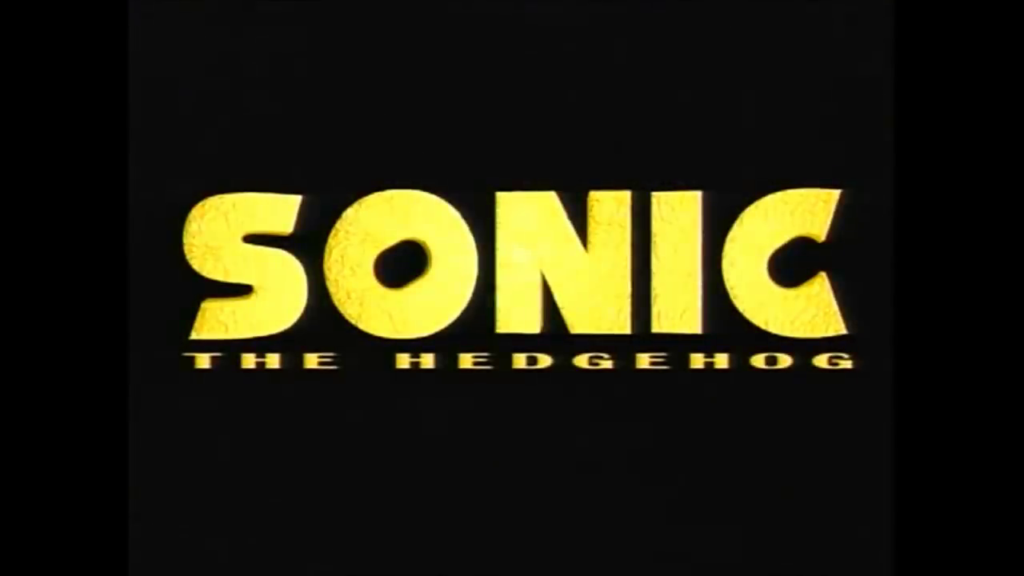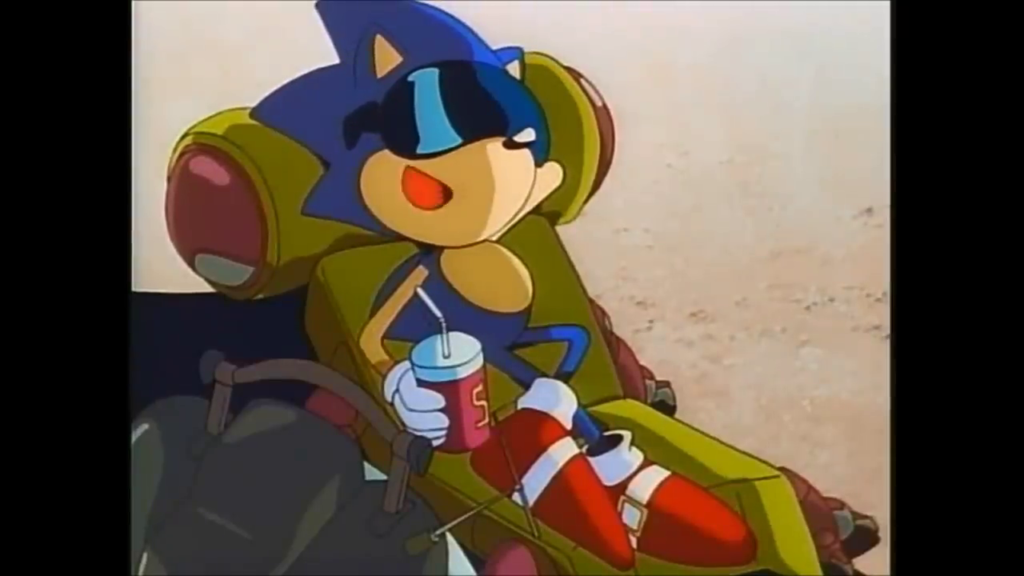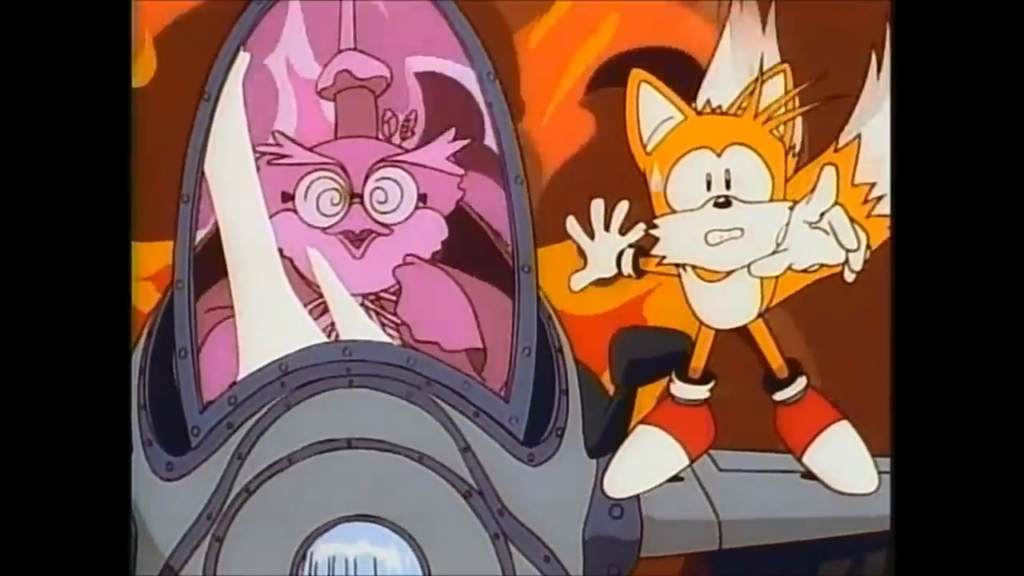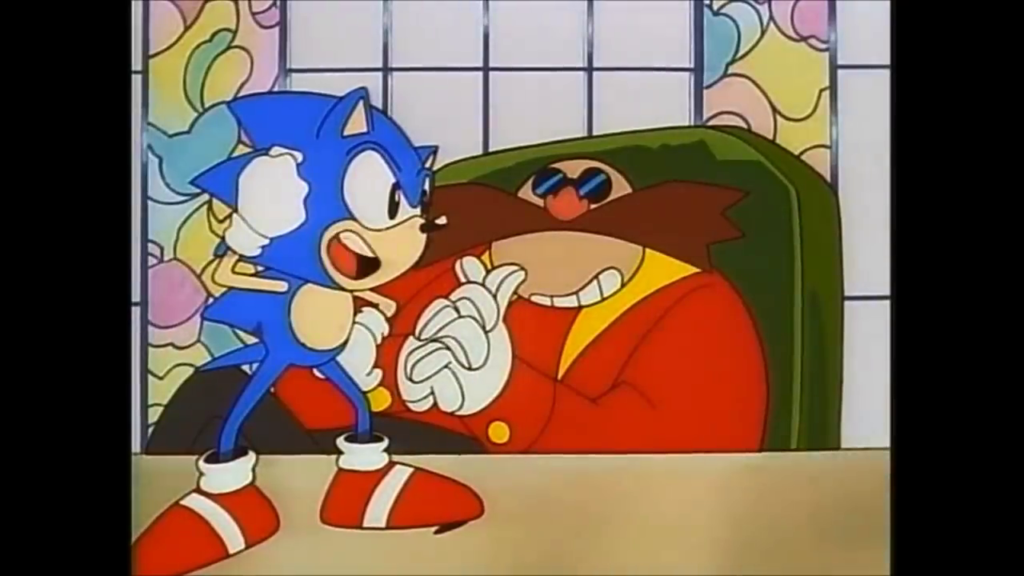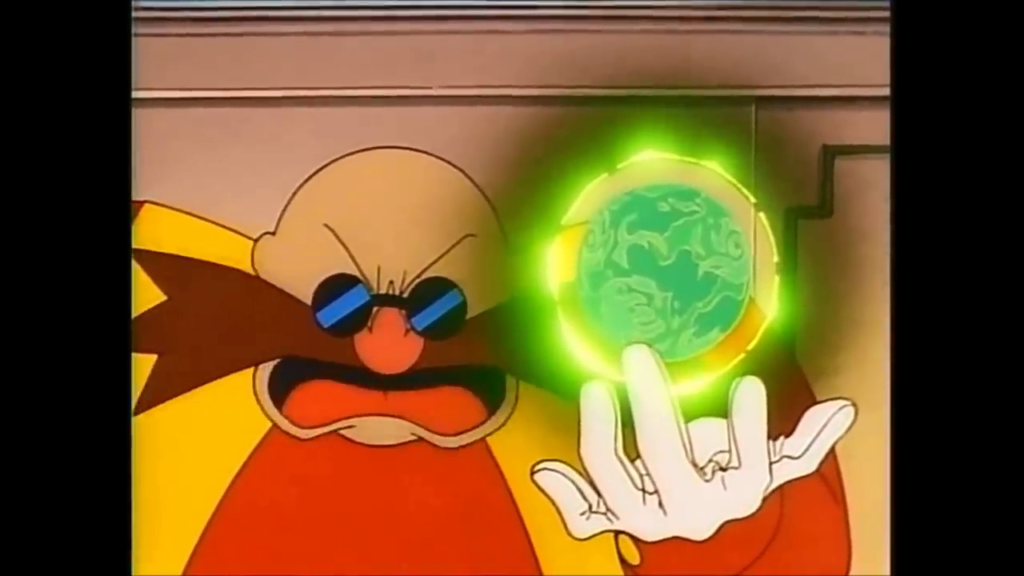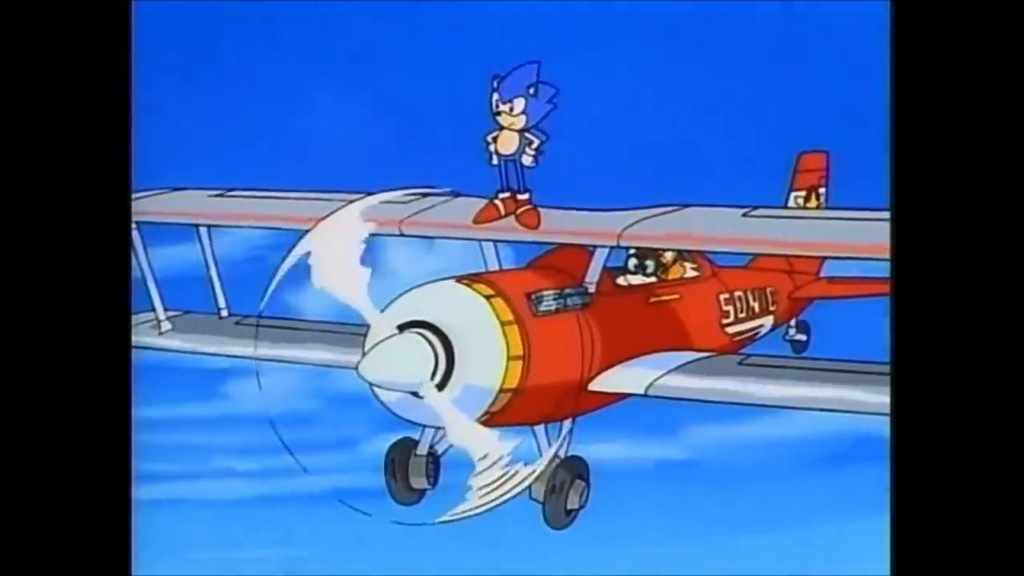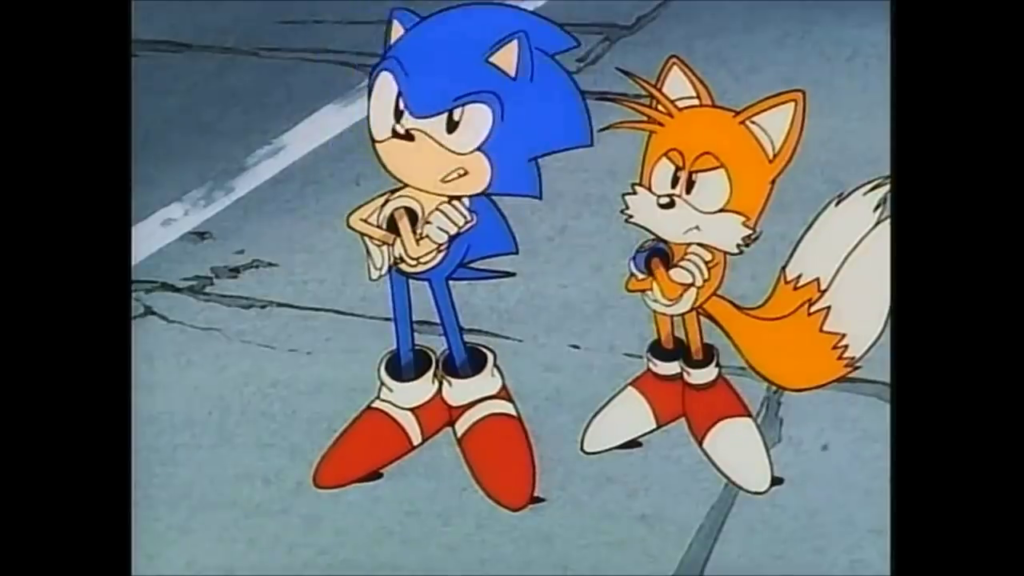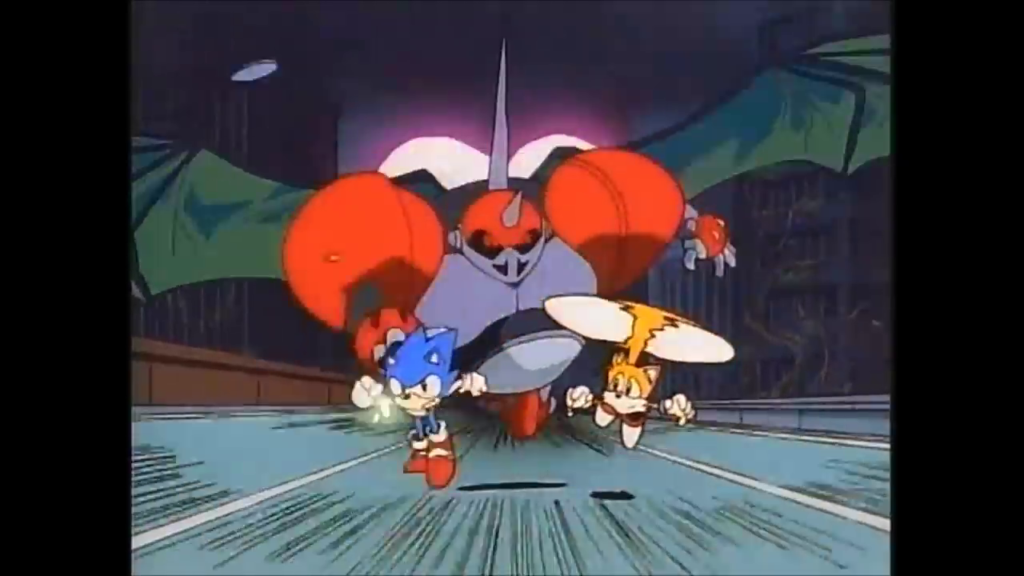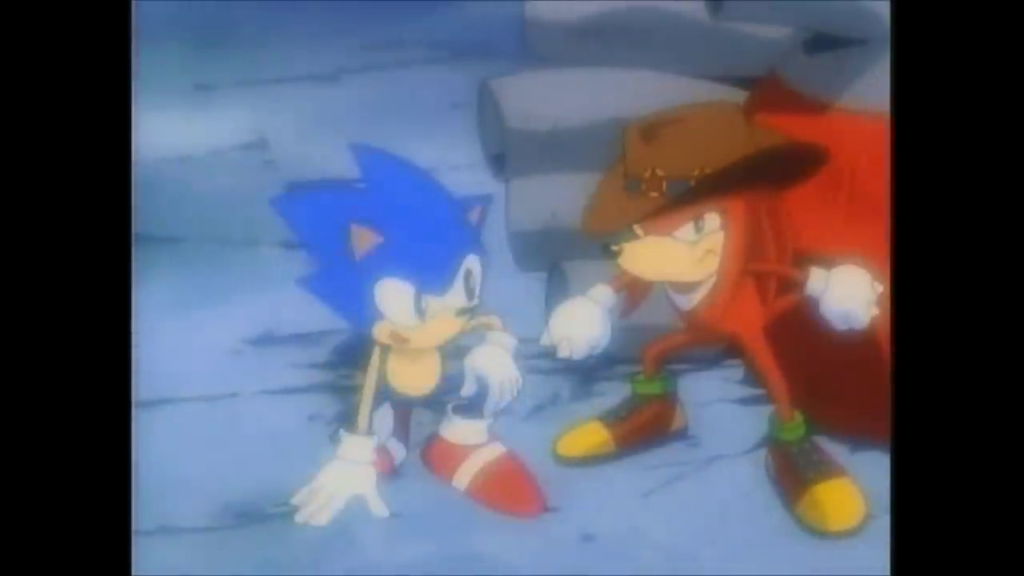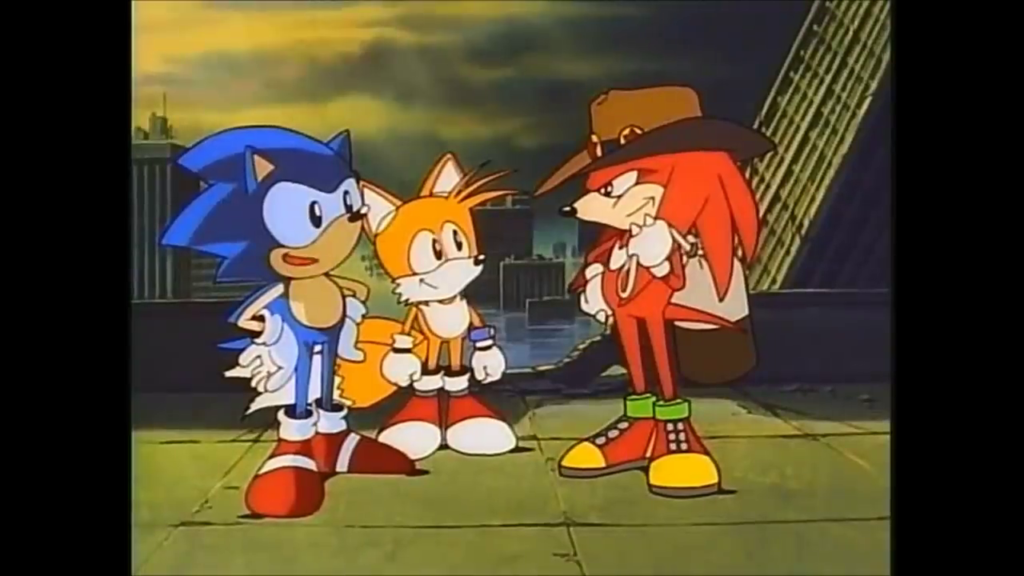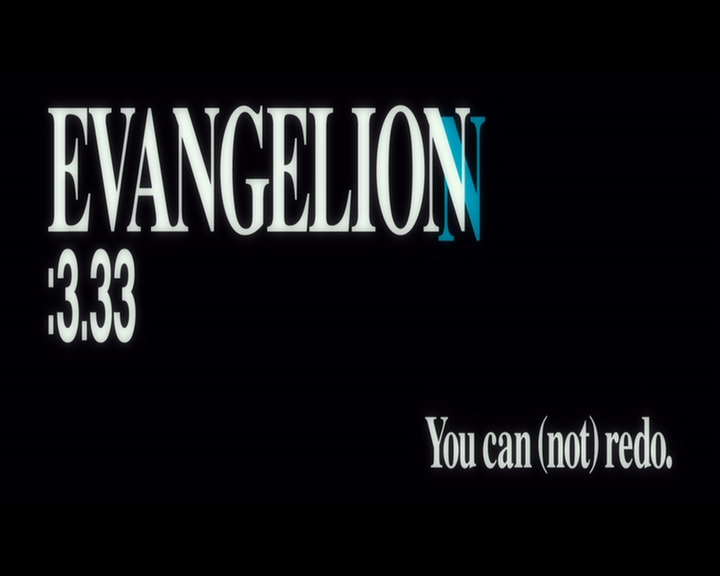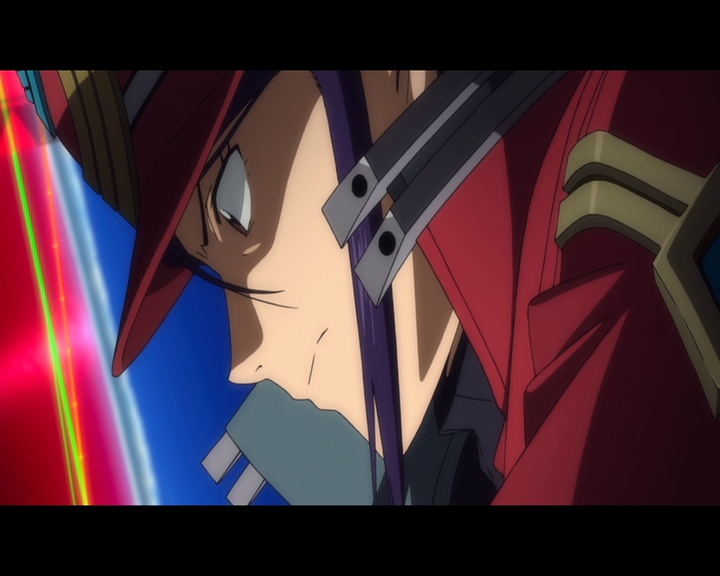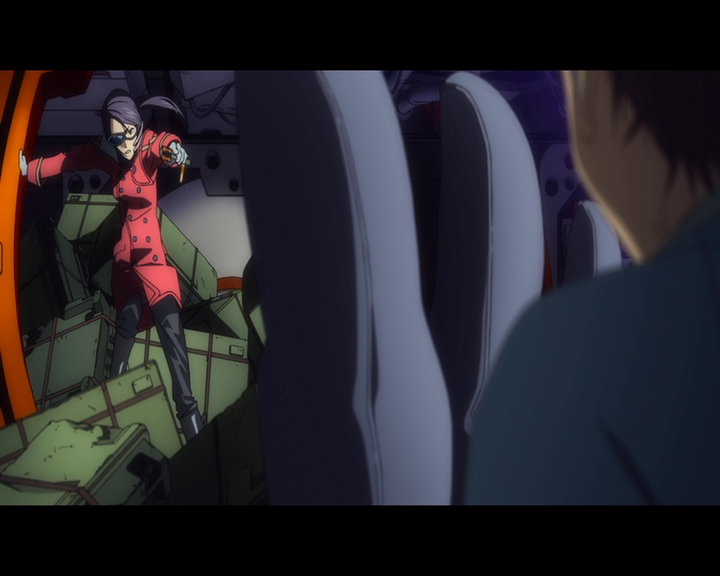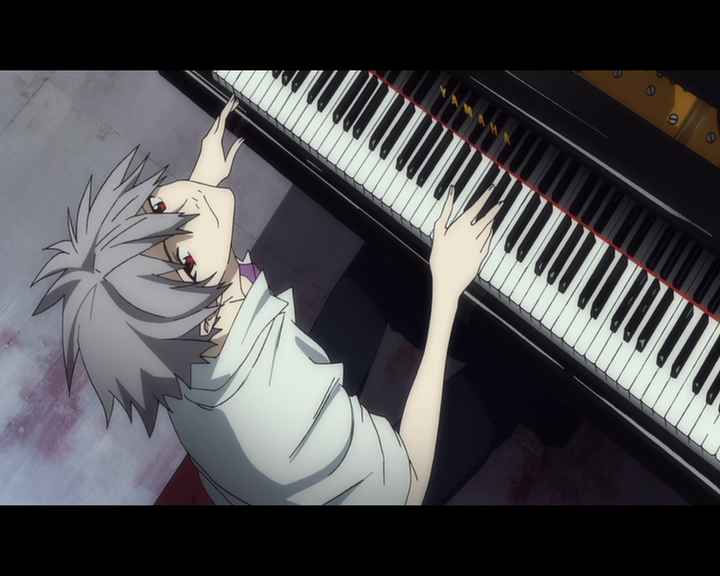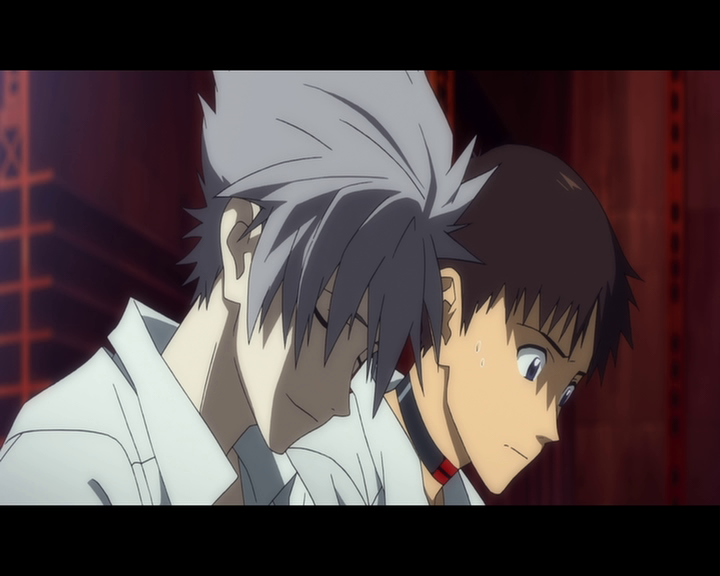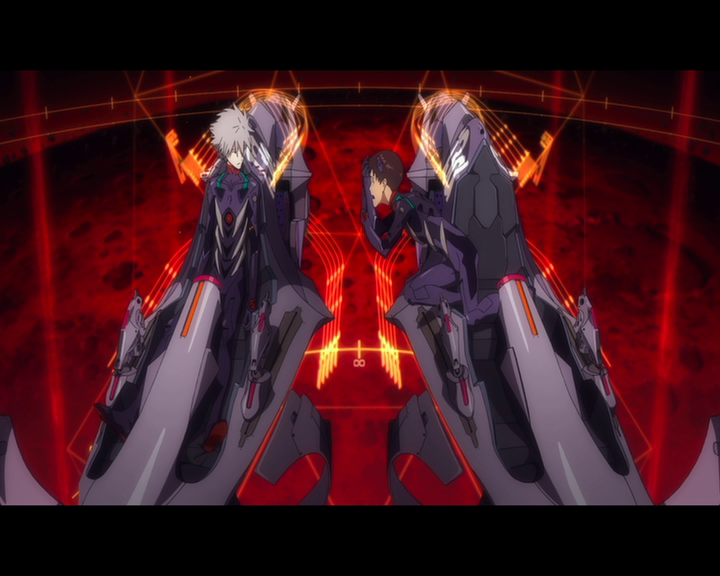-
#606 – Summer Wars










Summer Wars (2009)
Film review #606
Director: Mamoru Hosoda
SYNOPSIS: Kenji is persuaded by classmate Natsuki to visit her family with her; posing as her boyfriend for the approval of her grandmother, who is celebrating her ninetieth birthday. As if that wasn’t enough trouble for Kenji, he inadvertently sets off a virus in the OZ network, a digital network that governs most of daily life, causing a rampant AI to seize control of people’s accounts, and control of many systems in the world, causing him to be a suspected criminal…
THOUGHTS/ANALYSIS: Summer Wars is a 2009 anime film. Kenji, a high school student and part-time moderator for the OZ, a digital network that spans the entire globe and almost all aspects of daily life. He is persuaded by fellow student Natsuki to visit her Grandmother, and pose as Natuski’s boyfriend at a family gathering for her Grandmother’s ninetieth birthday. As all of these shenanigans are unfolding, a rogue AI has infiltrated OZ, and is slowly taking control of systems all over the world, with Kenji being a suspect in the attack as he inadvertently solved a decryption key without knowing what it was for. The film is a combination of this slice-of-life melodrama, with the more dramatic and wide-reaching effect that this rogue AI is having. The film places them both on equal footings, and balances them fairly well; interweaving the two into a considered tapestry that ties the fate of the characters to what’s happening in the film as a whole. The threats are threatening thanks to some neat designs, and the family has a messy feel to it, but feels full of life, again just like how you would expect a large family to interact when they’re all placed together.
While the film has a positive reception from a lot of people, there are definitely some blind spots which hamper enjoyment of the film for me. Firstly, the main characters, Kenji and Natsuki, are very bland, and don’t bring much unique much to the film in terms of their own personalities and quirks, and as such, they are a bit cliché. They also don’t have that much time on screen together, so it’s a bit awkward when the film tries to push them together for more emotional scenes. Another issue I had is that the characters don’t really contribute that much to the action scenes in OZ: the Ai just does it’s own thing most of the time without much interference and a few fight scenes, and I felt like this connection between the two realms could have been developed in a stronger manner. The film is, as you might expect, heavily embedded in Japanese customs and traditions, but I don’t think you need too much knowledge of them to enjoy the film, but knowing what the card game Koi-Koi is, for example, would certainly be beneficial for understanding what’s actually happening in the film’s climax, but you can get the gist of what’s happening without it.
The animation and visuals are pretty good, with the world of OZ being colourful and fluid. The “real world” contrasts this with a more simple and faded colour palette and style which works well to contrast, but perhaps that extra bit of detail would have been nice to get across the character’s feelings and actions, which as mentioned is one of the film’s weaker points. The film bears a lot of similarities to one of director Mamoru Hosoda’s previous films based in the Digimon franchise: Digimon Adventure: Our War Game very similarly had the main characters have to defeat a rogue digimon that was taking over systems through the internet, and Summer Wars does feel very similar to that. The studio which made this film also made The Girl Who Leapt Through Time previously, which was a huge hit, and similarly combined a slice-of-life drama with more fantastical elements. However, Summer Wars doesn’t have the emotional weight that TGWLTT placed on it’s characters, and fails to reproduce that magic: maybe a rogue AI on the internet (or OZ) just doesn’t seem that fantastical of a concept compared to time travel, and so the different elements of Summer Wars just don’t produce a more exciting reaction when they’re mixed. Summer Wars is not a bad film: it’s well crafted and considered, and balances it’s different elements well, but the blind spots I have mentioned with regards to the characters and such are a bit too prevalent for me, and overshadow a lot of the film’s positive points to dampen them just enough to leave a lasting impression of something flawed amidst the good that the film does.
-
#605 – Redline (2009)
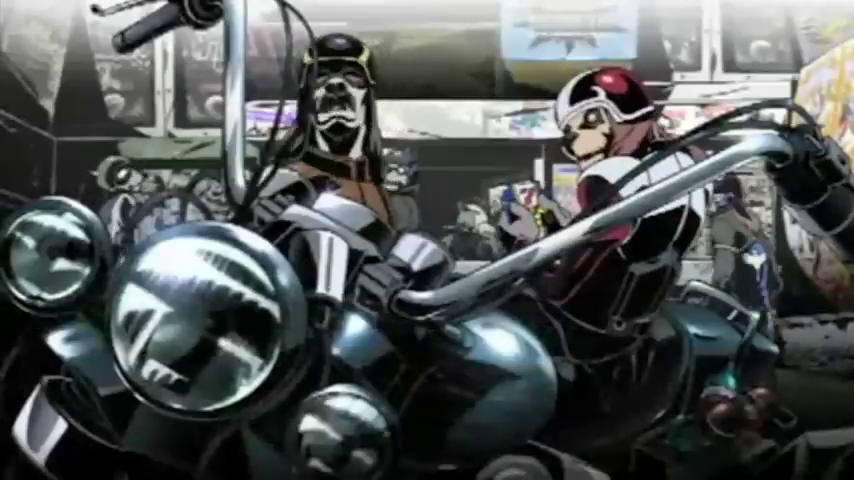
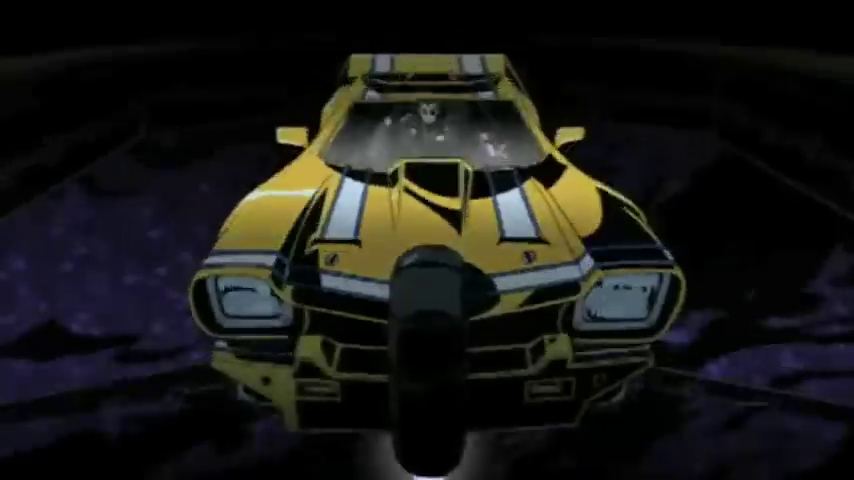
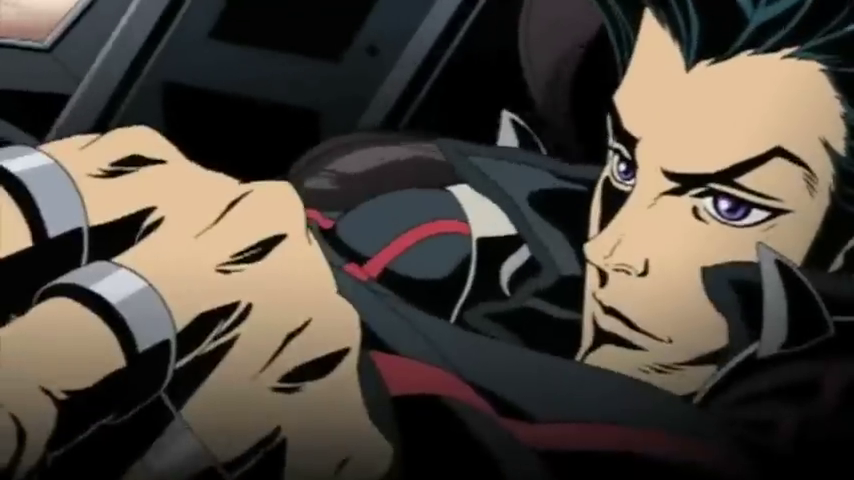
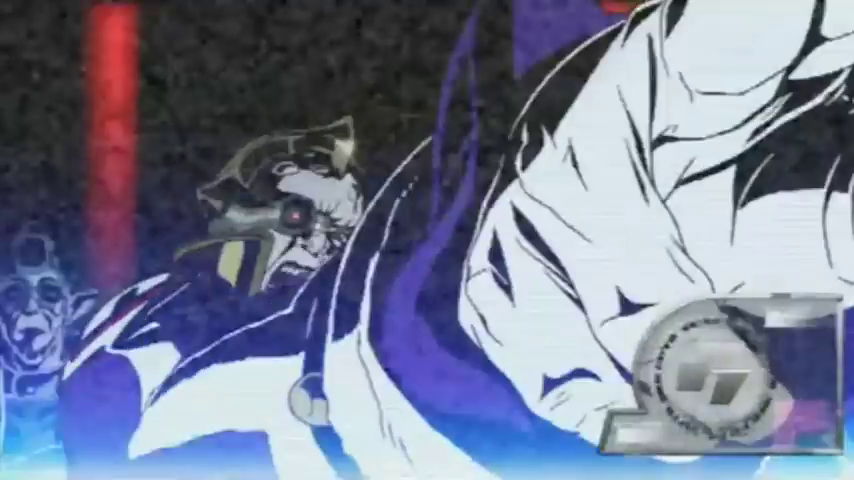
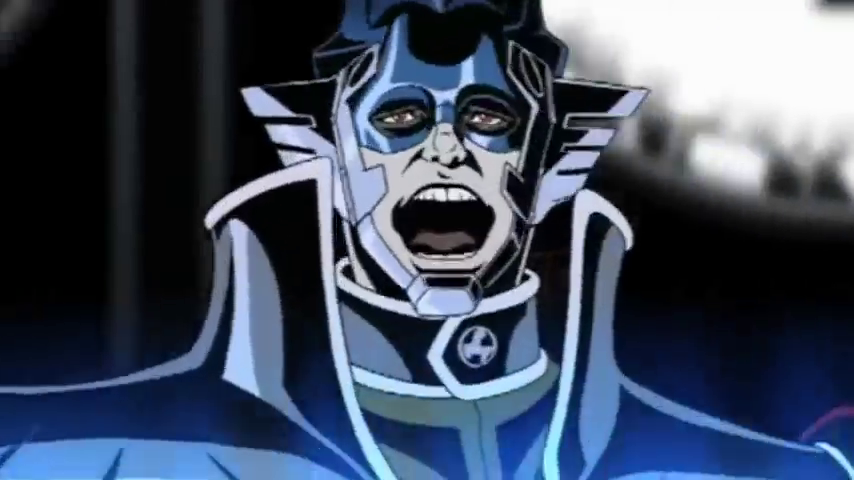
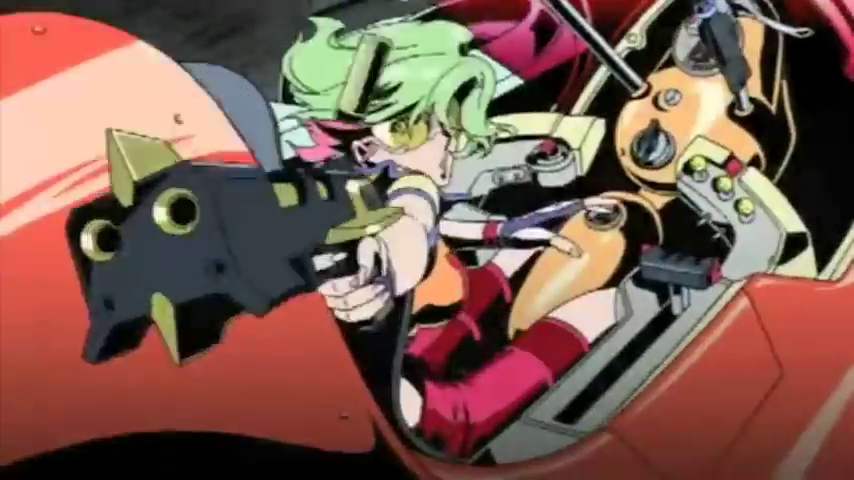
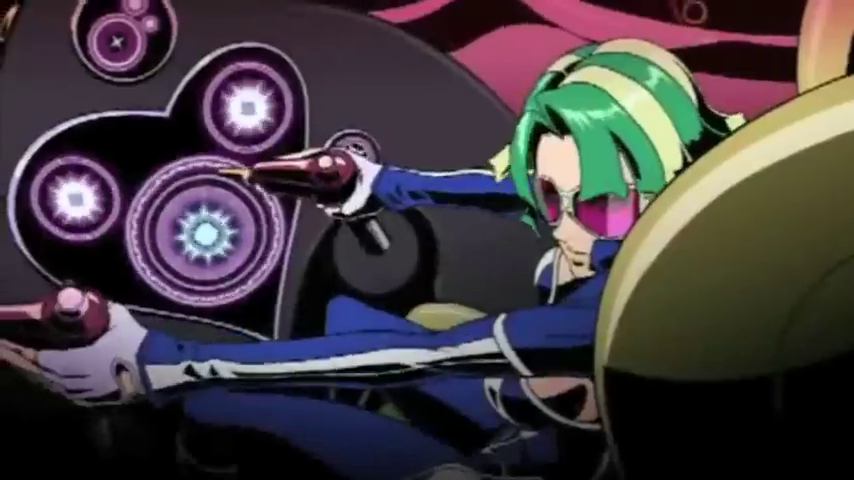
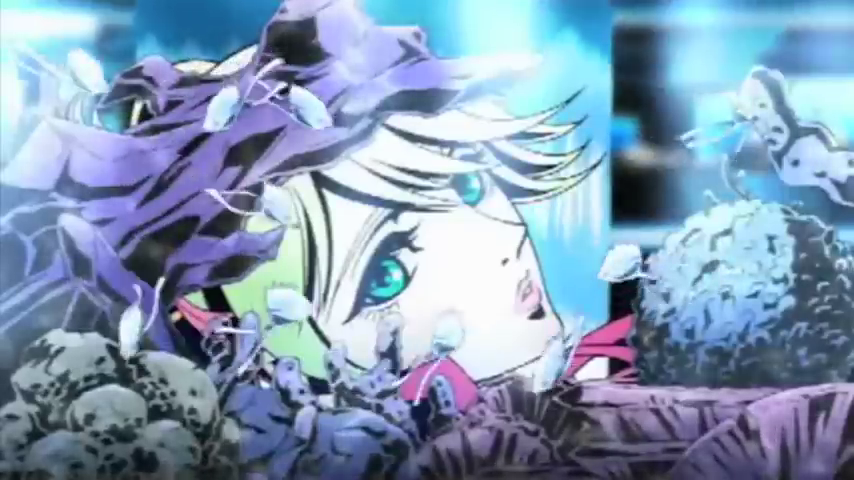
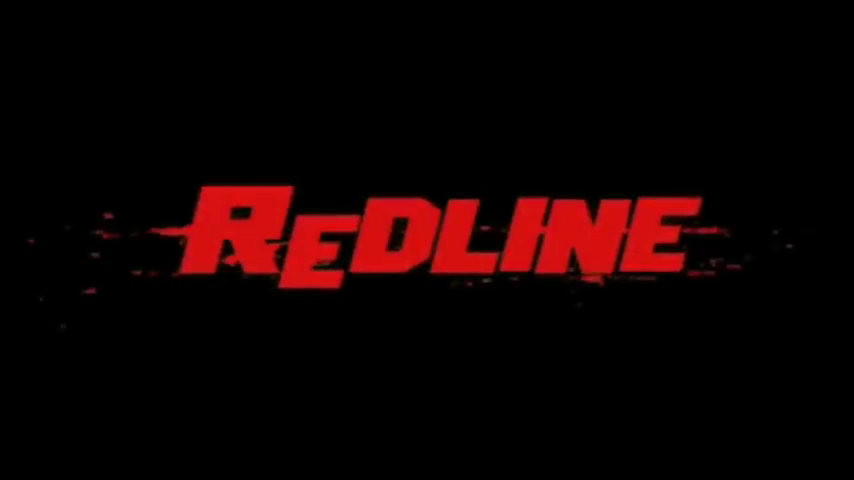
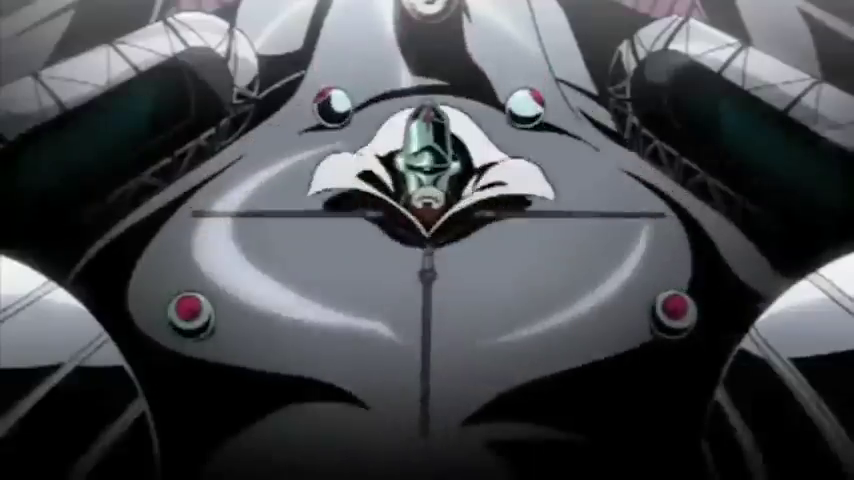
Redline (2009)
Film review #605
Director: Takeshi Koike
SYNOPSIS: In the future, the most thrilling race in the galaxy is held every five years. racer JP manages to qualify for the race after other competitors drop out, and must risk his life in the ultimate race…
THOUGHTS/ANALYSIS: Redline is a 2009 animated sci-fi film. The film is set in the future, where the ultimate race in the galaxy has competitors fight to the finish line by any means necessary; risking their lives to achieve fame and riches. One of these racers is JP, who manages to qualify for the redline race, even though he crashed out of the previous race, since other racers withdrew because of the race taking place on Roboworld, where the the rulers will attempt to stop the race by any means necessary. The film starts off with the preliminary race and we immediately get the full force of the movie: high speed and explosion that never misses a beat. This is where the film’s strengths really shine, as the animation is smooth, colourful, and detailed. The film is composed of over one hundred thousand hand-drawn frames, and is quite an feat to pull off, however it certainly seems worth the effort.
The weakness in the story comes in the middle part of the film, where there is no racing, and the film relies on character interaction and development. This isn’t completely void of interest, but it does feel like the film is padding itself out a little before the big race, and there’s no real impactful relationships between the characters. There’s some hint of a past between JP and Sonoshi, another racer in the redline race, but it’s never really resolved or impacts the story, which is odd. The romance element again doesn’t feel earned between them. When the racing picks up again though, you’re treated to an intense display of speed, action and well choreographed set pieces that will make you quickly forget all of that. The influence of futuristic video games such as Wipeout and F-Zero are also easy to spot, as the high speed, high stakes racing combined with the colourful and varied character designs such as you might see in F-Zero, add some real variety and visual appeal to the film, even if you’re not really given much backstory to their characters or the universe in general.
Overall, Redline is at its best when is being a general assault on your senses: when it’s fast, loud and violent, it’s captivating and a thrill to watch. The set pieces, pacing, and scale again give the film an epic feel. The film does slow down a bit during the middle, and fails to really cement much character development or raise the stakes personally for them. None of that really matters much though, as the film shines where it needs to when the race is on and the action is high.
-
#470 – Evangelion 3.0 + 1.0 Thrice Upon a Time
Evangelion: 3.0 + 1.0 Thrice Upon a Time (2021)
Film review #470
Directors: Hideaki Anno, Kazuya Tsurumaki, Katsuichi Nakayama, Mahiro Maeda
SYNOPSIS: Following the aversion of the fourth impact, the Eva pilots are left wandering the ruins of Tokyo-3 defeated and deflated, until they are picked up by familiar faces that take them to a settlement where people are surviving in the world that has been left behind by the pilots actions. They do their best to fit into this new world, but they know that their fight is not over, and the final battle to save humanity is edging closer…
THOUGHTS/ANALYSIS: Evangelion 3.0 + 1.0 Thrice Upon a Time is a 2021 Japanese animated film, and the fourth and final film in the Rebuild of Evangelion film series. The film starts out with a battle in Paris, where WILLE are attempting to restore the city to a habitable condition. They succeed, and the focus switches to the three protagonists who we saw at the end of the previous film, wandering the ruins of Tokyo-3 without purpose as their EVAs have been destroyed. They are rescued and taken to a small settlement where they meet some of their old school friends, who have now grown up, while they remain the same age due to a side effect of being EVA pilots. The first part of the film is set in this settlement as the three try to come to terms with what has happened and being around other people. It’s slow paced, but gives ample time to focus on each of the characters individually and their own personal journeys. Although the characters have been psychologically explored in the previous films, it still feels rewarding to do it again, and as this is the final film, provide some closure for their own individual journeys. The themes of finding your place in the world amongst others, and taking responsibility for your actions are fairly clear, and drive the character’s journeys and their individual responses. The plot structure of dedicating the first half of the film to this more slow-paced exploration and the latter half focusing on the action and lore is a good balance, and stops one interrupting the flow of the other. If you’re watching this film, it is probably not your first experience with the franchise, but if it is, you’re definitely not going to be able to keep track of everything that’s happening (this is also true if you’re a die hard fan, but in that case, you’re somewhat expecting not to get everything right away and that some things are open to interpretation).
The latter half of the film is when the action kicks in and the stakes get raised to infinity. The film manages to push itself even further than the TV series and End of Evangelion (The alternate telling of the TV version ending). All of the new elements that were added over the film series are addressed and resolved (apart from those which are intentionally left ambiguous). It even manages to incorporate the events of the TV series as somewhat canon. As such, it is a satisfying conclusion to the series that gives the characters the ability to look forward to the future. The action scenes constantly pile more and more things into them as it gets quite over-the-top, but again, it’s what you come to expect from the series. The characters don’t offer much in the way of surprise, but one or two of them get a small change or development that rounds off their characters, which is nice.
Accompanying the film is the usual over-the-top orchestral soundtrack and visuals that encompass the entire planet. The animation is pretty smooth, but the CG looks a bit unconvincing in some parts; I’m not sure if some corners had to be cut due to the pandemic, but for the most part, it still looks pretty good and consistent with the other films. With a runtime of over two and a half hours, the film feels like it says all it needs to say and do. Overall, Evangelion 3.0 + 1.0 is a satisfying ending to the series that takes its time to tie up its loose ends and give answers to questions that fans have been asking for over twenty years, while still retaining some ambiguity and open-endedness that is a trademark of the series. It definitely feels like there were no constraints with regards to budget or runtime, so the story that Hideaki Anno wanted to tell is told in its entirety. Some small and minor bumps in the animation don’t really hinder the film’s message and execution, and as such it is a solid ending to the film series. It’s definitely not a point to jump into the franchise, but the film series as a whole tells the story of Evangelion in the form I think it was meant to be experienced.
-
#401 – Sonic the Hedgehog (1996)
Sonic the Hedgehog (1996)
Film review #401
Director: Kazunori Ikegami
SYNOPSIS: Sonic the Hedgehog is visited with an urgent message from the President of Planet Freedom. When he goes to visit him, Sonic finds none other than his arch nemesis Dr. Robotnik, who actually wants Sonic’s help in destroying Metal Robotnik, a robot who has taken over the city of Robotropolis, where the generator for the city is about to go critical and endanger the whole planet unless Sonic can go and defeat Metal Robotnik and shut the generator down. Meanwhile, Robotnik has his own schemes at work, including one for a certain “Hyper Metal Sonic”…
THOUGHTS/ANALYSIS: Sonic the Hedgehog is a 1997 animated film made from a two-part Original Video Animation (commonly known as OVA) released in Japan. The story opens up with Sonic and Tails relaxing on a beach when they are visited by an owl who is only referred to as “the old man.” He tells them that the President of Planet Freedom wishes to see them urgently. When they arrive, Sonic and Tails find their nemesis Dr. Robotnik there, who actually wants their help. Robotnik has been forced out of his home of Robotropolis by Metal Robotnik, and the generator in the city will overload and destroy the planet soon if it is not shut down. Sonic and Tails agree to do it, and travel to Robotropolis. The story throws you into the middle of this world with little explanation of what is going on (with the brief exception of the world being divided between an upper world of floating islands, and a lower world of darkness where Robotropolis is). That’s not necessary a problem though, as a blue hedgehog that runs really fast doesn’t need too much of a backstory or exposition to engage the viewer. The characters are recognisable and act more or less how you would expect them too, so you get what you would want in that respect in a movie about the video game character.
Sonic and Tails arrive in the lower world of darkness and encounter Metal Robotnik, and battle takes place in the ruins of what seems to be New York City, suggesting planet Freedom is actually Earth in the distant future. The action is fast-paced and delivers what you’d expect, with lots of running and jumping all over the place. Sonic and Tails are saved by Knuckles, who again is more or less the character you would expect him to be. The second part of the film sees Sonic facing off against “Hyper Metal Sonic,” a robot version of Sonic created by Robotnik. There’s not too much to say about this part of the movie, as it is more or less a straight-up fight between Sonic and Metal Sonic, with the other characters sometimes interjecting. Again, this isn’t so bad in terms of the characters and world themselves don’t need to have a comprehensive story mapped out for you. I think it more or less delivers what it needs to, but since it clocks in at under an hour, it feels like there’s a lot more that could have been done.
As mentioned, this movie was composed of a two-part Japanese animation, and re-edited into a single movie for an English release. The dubbing industry at the time was not particularly great, but the English voices are all pretty terrible. Sonic sounds very nasally, but has a bit of the attitude you would expect him to. Tails sounds awful and always sounds like he has a cold. Robotnik’s voice is fairly decent, and sounds fairly similar to the voice he has in the video games that preceded this movie. The animation as well often feels cheap and fragmentary with a lack of frames making the animation feel rough, which destroys any sense of speed and fluidity that the movie really needs to show off Sonic’s speed. A lot of the expressions of the characters and their style or reactions are those that are typical of Japanese animation, and don’t really translate too well. This is again an issue around the early dubbing industry still finding its feet with how to approach the Japanese animation style.
Overall, Sonic the Hedgehog is a brief foray into the world of the titular character. It doesn’t establish any deep story elements or incorporate any of the stories from the games, but relies on the recognisable characters doing what you would expect them to, and leaves the detail of the world to the imagination. The quality of animation and voices really hampers the feel of the film at points, and the style of animation is awkwardly interpreted at times, but there’s some decent action scenes, and portrays the characters in a way that one would more or less expect.
-
#367 – Evangelion 3.0: You Can (Not) Redo
Evangelion 3.0: You Can (Not) Redo (2012)
Film review #367
Director: Hideaki Anno
SYNOPSIS: Shinji Ikari wakes up out of a coma to find he has been unconscious for fourteen years. In that time, the world has changed to a point that it is unrecognisable to him. The people he knew do not need him anymore, and his actions seem to have not mattered. As he sinks back into a state of depression, he finds a new friend; one which accepts him completely for who he is. However, fate has another twist in store for Shinji, as he is once again forced to play his part in the machinations of his Father, and the fate of humanity once again falls into his hands…
THOUGHTS/ANSLYSIS: Evangelion 3.0: You Can (Not) Redo is a 2012 film and the third in the Rebuild of Evangelion series, which remakes and retells the iconic Japanese animated TV series based around giant EVA robots piloted by a group of selected children. The film opens up where the previous one left off…well, except that it is fourteen years after the events of its climax. The film is very neatly separated into three acts, almost as If they were episodes of the TV series. The first act opens with Shinji Ikari waking up out of a coma to find out he has been asleep for fourteen years. In this time, it seems that everything has changed, with everyone he knew now working for WILLE, a new organisation dedicated to stopping NERV and the fourth impact, which will bring about the end of humanity. The ending of the second film saw Shinji finding a purpose and doing what he wanted in order to save Rei Ayanami, a fellow EVA pilot, and when Shinji wakes up at the beginning of this film, he finds that not only he didn’t save Rei after all, but he is no longer needed to pilot the EVA, leaving him without purpose. While the two previous films followed the story of the original series quite closely, this film opens up in a completely new world that has deviated from the source material, so viewers will empathise with Shinji’s position. The problem with this is that it essentially renders the ending of the previous film null and pointless. The ending was a powerful moment in that Shinji finally found his voice and purpose, but cancelling that out completely in the opening scenes in this film doesn’t sit quite right, and sets the film back quite a bit. While Shinji can do nothing, Misato, Asuka and the rest of the people Shinji knew go into battle in the EVAs and their new battleship in quite frankly is an amazing, hugely epic battle. The animation is an exemplary mix of 2D and 3D animation, there’s lots of variety in the action, and the soundtrack is grand. It does go on for quite a while, but it really is a spectacle that is extremely busy and full of shouting orders and military execution that again gives no space for Shinji to really do anything.
Shinji is kidnapped by his Father and told he must pilot a new EVA unit with a co-pilot, another young boy named Kaworu. In his hopeless state of mind, Shinji finds the one person who offers to help and support him unconditionally. After the high stakes, epic battle that consumed the first act, all that energy dissipates to focus on the psychological troubles of Shinji which will not be unfamiliar to fans of the series. The trouble is after the first act and its bombastic battle it struggles to find a footing and feels like a let-down in comparison. There’s a lot of re-visiting of similar themes as Shinji and Kaworu spend time with each other, as well as Shinji’s re-establishing contact with Rei. Again, all these things feel like they were addressed by the end of the second film, and they are being brought up again without adding anything new to the narrative. There’s some effort to make Shinji’s motivations more clear, but this act is very sparse on content.
The Third act sees Shinji and Kaworu enacting Gendo’s (Shinji’s Father) wish to begin the fourth impact and to initiate the next step of human evolution. The tempo picks up again and there’s a balance between the themes and energies of the first two acts. The story however starts to get really complicated, and difficult to follow: even though this is in typical Evangelion style, it still feels like it is throwing in a lot of exposition and elements that are given little space to be considered by the viewer. The trouble is that the first act demonstrated such a powerful action sequence that the climax just can’t compare with it. It tries, but there’s a complete mismatch. The climax is still filled with drama and action, but it’s a middle ground between the first two acts, and it can’t synthesise the two to move beyond them sadly.
Overall, Evangelion 3.0 offers a dramatic departure and something different for the series. Whereas the first two films stuck to the pace and structure of the original series, this film throws the viewer, along with the main character into a completely new world, leaving us in the same position as Shinji in order to empathise with him. I have to emphasise again that the way the film immediately renders the payoff of the previous film null and void feels like a bad move, and sends the film back to square one with the characters. The opening act does a good job of balancing the action with the impact of the situation on Shinji’s character, offering the viewer the chance of empathise with him, but the film does feel like it peaks at the end of the first act, and never quite exceeds what it achieves there. Nevertheless, the animation quality (again, mostly in the first act) is spectacular, the music is epic, and it offers a sense of scale and drama (thanks to its large budget) that the series did not do. The story struggles to find its footing throughout in this new direction, and dims the energy of the film series, but the areas it does excel in balance out the weaknesses which leave the film a mixed bag. More should probably be expected of such a highly regarded and renowned series, but it is not completely a write-off, and sets up a final film which hopefully can provide a fitting ending.

